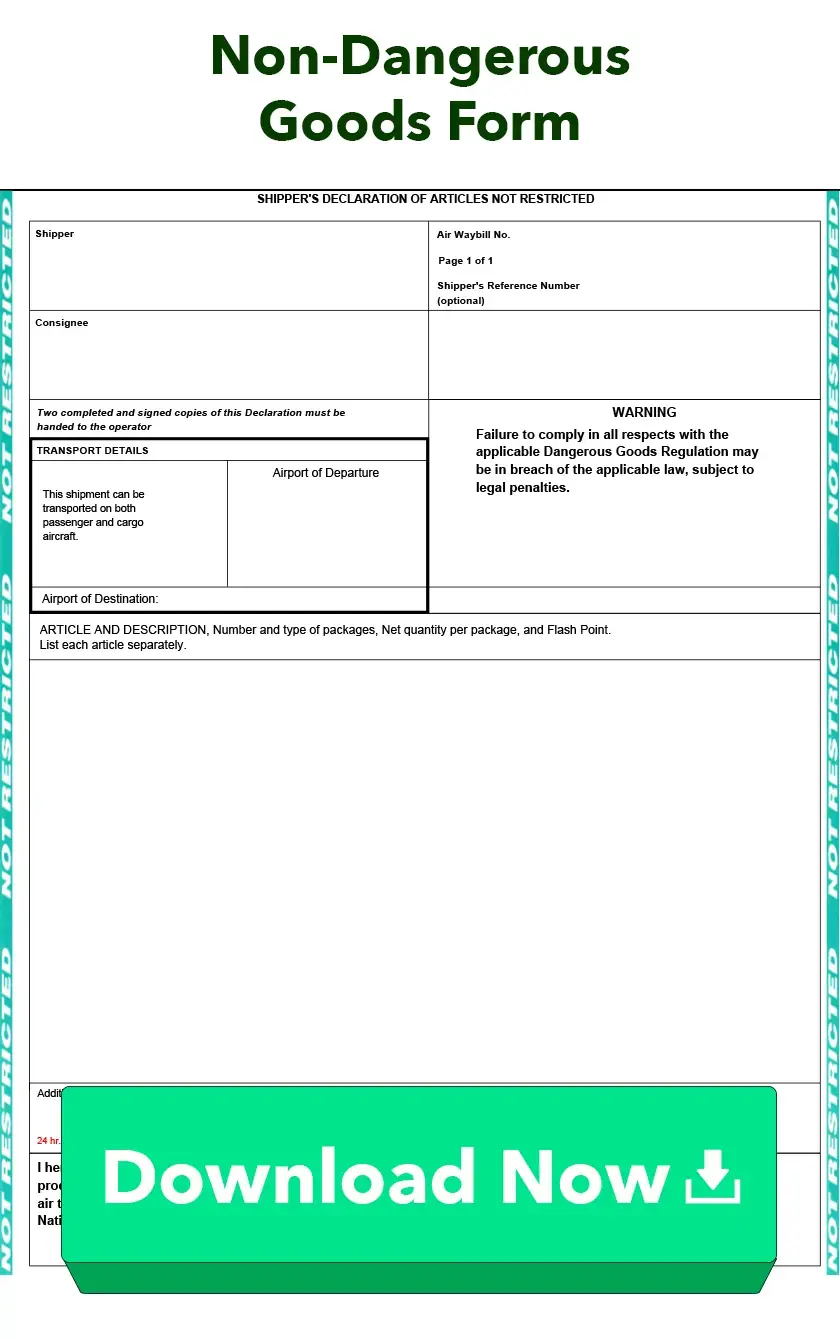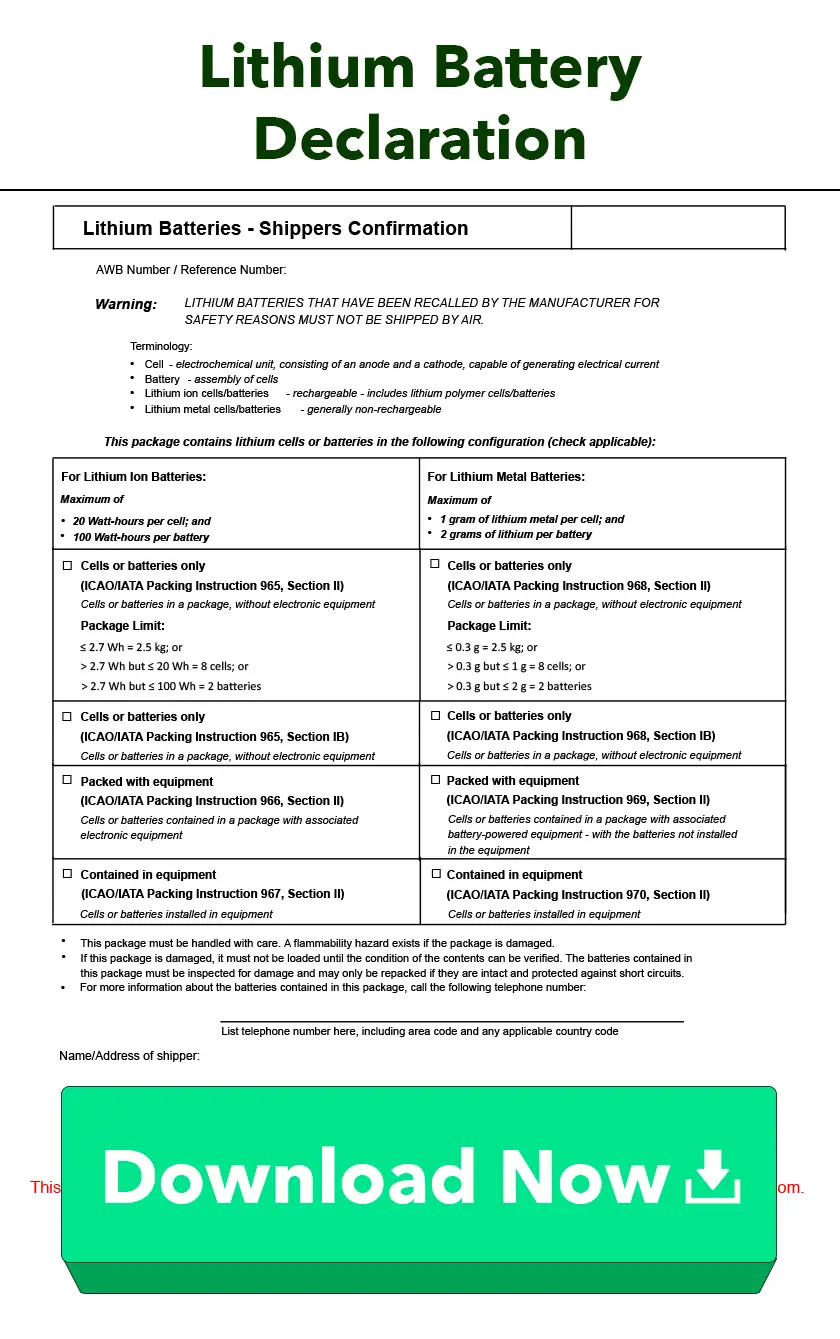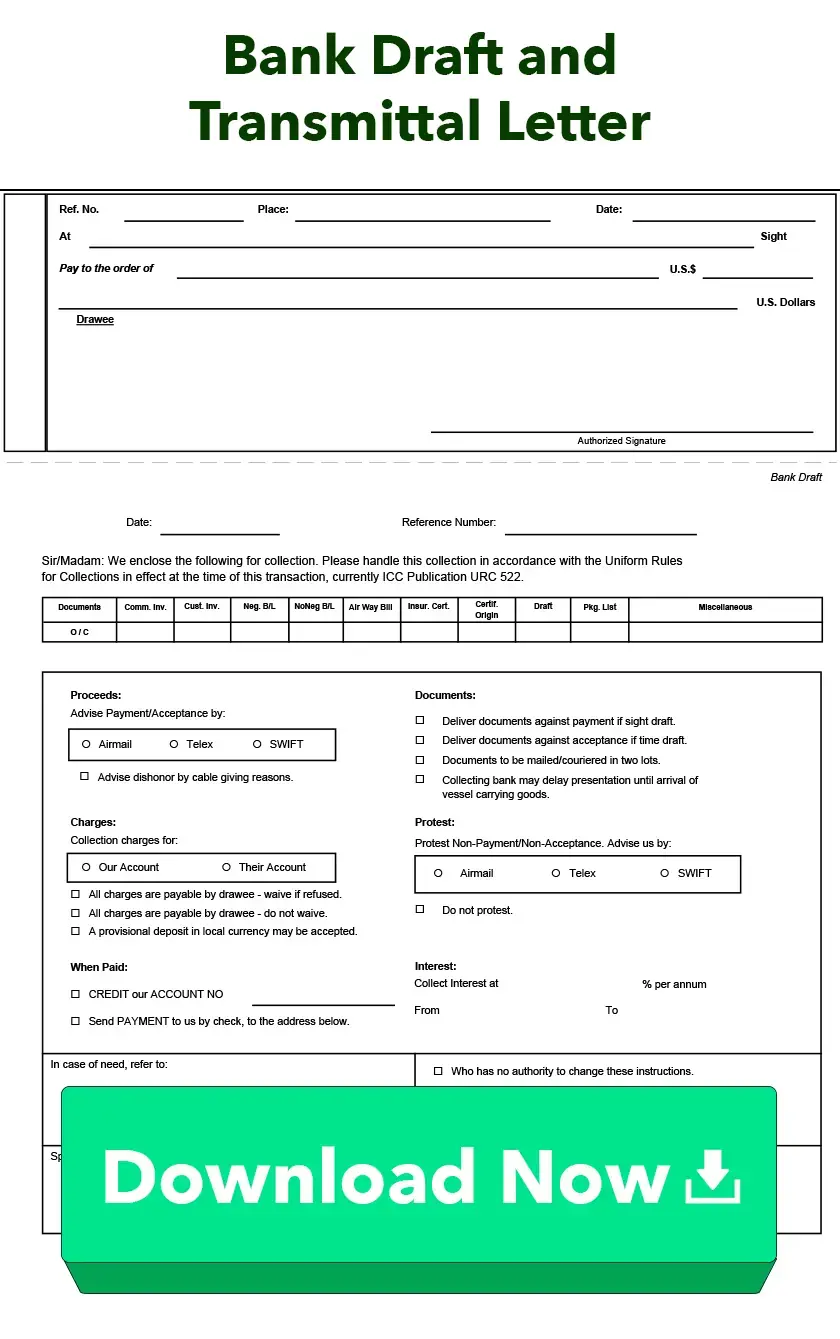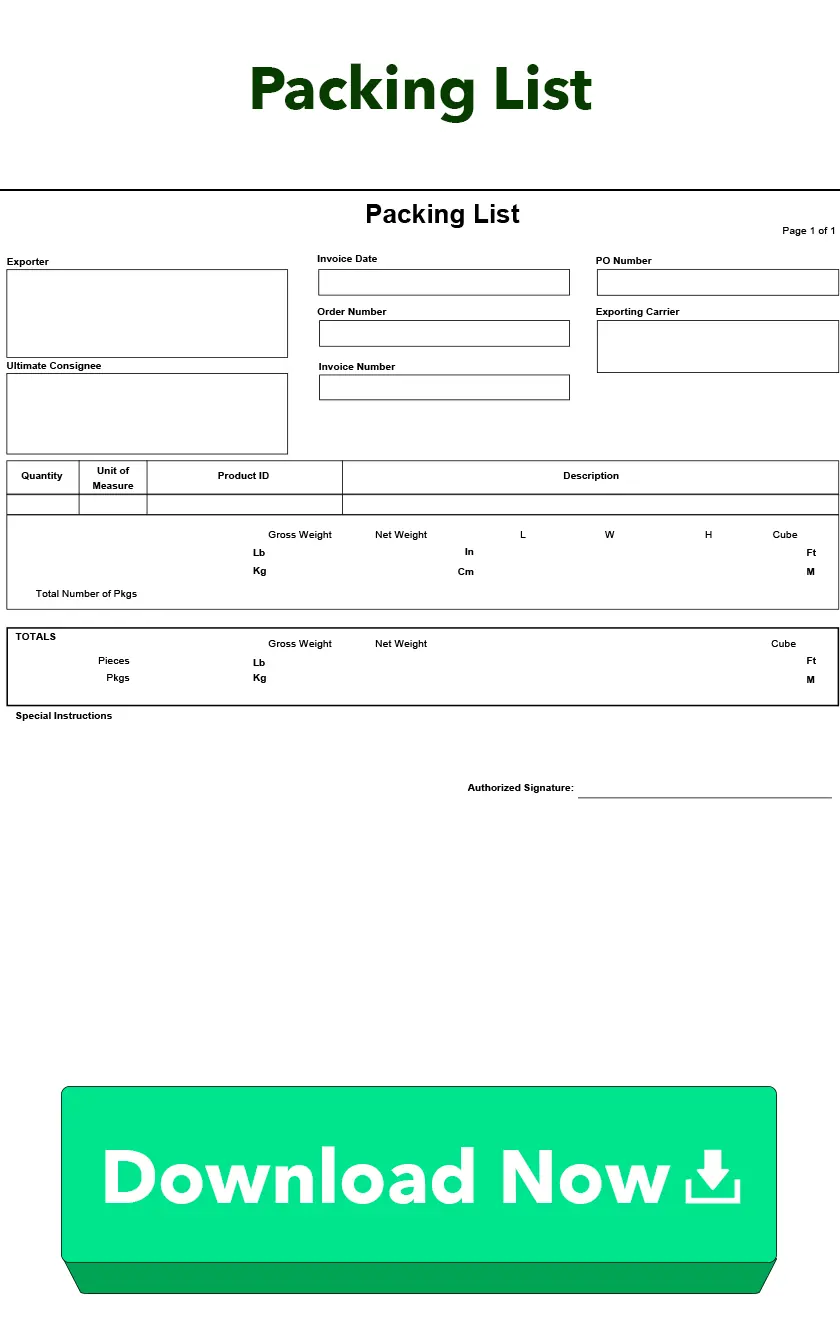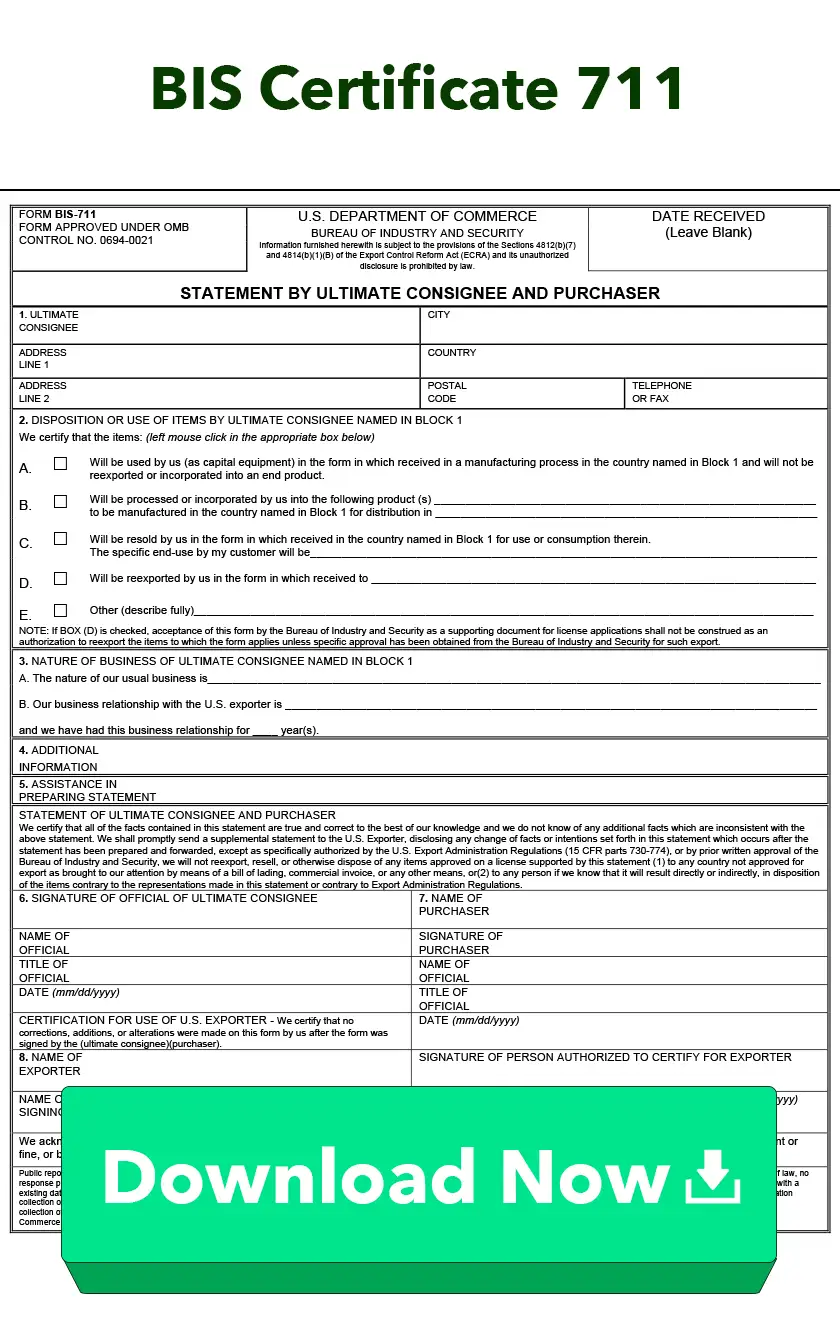Free Download:
USMCA Certificate of Origin
Download and print this PDF of the USMCA Certification of Origin and help your importer claim preferential duty rates.
What is a USMCA Certificate of Origin?

The purpose of the USMCA agreement is to allow qualifying products made in the United States, Mexico or Canada to be sold in those countries duty-free or at substantially reduced duty rates.
On July 1, 2020, The United States-Mexico-Canada Agreement (USMCA) replaced NAFTA as the free trade agreement between the three countries. Under USMCA, qualifying products are exempt from tariffs and quotas when exported to Mexico and Canada. To claim this preferential duty rate, you must determine if your goods qualify under the USMCA Rules of Origin.
While the importer is responsible for making the claim for preferential duty rates under USMCA, the producer or exporter of the goods is the one most likely to know whether or not their goods qualify. Therefore, they are often the party that completes the USMCA Certificate of Origin (USMCA COO).
While the USMCA does not provide the specific format for a Certificate of Origin form, it does outline the required data in order to claim preference.
A Certificate of Origin can cover a single shipment or multiple shipments of the identical goods for a blanket period of up to 12 months. A certificate is not required for imports valued at $2,500 or less as long as they aren’t part of a larger shipment broken up into smaller segments in an attempt to evade U.S. laws or regulations.
Once completed, you should send a paper or electronic copy of the Certificate of Origin to the importer. Both you and the importer making the claim are required to keep all related documentation for at least five years after the completion of the transaction.
Create a USMCA Certificate Of Origin Up To 80% Faster
Unlike many export forms that need to be created each time you have a shipment, many companies create a blanket USMCA COO for their customers once a year. These certificates of origin indicate exactly how your products qualify for preferential treatment.
Shipping Solutions software simplifies the process of creating these certificates—and substantially reduces the time it takes to generate them—by recording and storing your information each time you create a COO. The next time you create one, you can easily copy pre-existing information to a new record, change the date, and review the information for accuracy. This ensures you always use the correct information when you’re filling out the form.
The USMCA COO is just one of two dozen standard export forms you can create faster and more accurately with Shipping Solutions export documentation software. Register now for a free demo to see it in action. There's absolutely no obligation.
USMCA Certificate of Origin FAQs
-
Why was NAFTA replaced with USMCA?
USMCA replaced NAFTA as the latter became outdated; USMCA modernizes NAFTA and addresses topics that were less relevant when NAFTA went into effect in 1994, such as e-commerce and the flow of international data. USMCA includes significant updates, including automotive industry regulations, intellectual property protections, digital trade provisions, environmental standards, labor standards, and agricultural access. Additionally, de minimis has increased from 7% under NAFTA to 10% under USMCA.
-
How many countries are involved with USMCA?
Three countries are involved in USMCA: the United States, Mexico, and Canada. USMCA officially replaced NAFTA on July 1, 2020.
-
How to complete an USMCA certificate of origin?
To complete a USMCA certificate of origin, whichever party is certifying that the goods meet the rules of origin must provide, at minimum, certain data elements as outlined in the agreement to support the claim. That information can be provided on the invoice or on a separate attached document. Many companies create a blanket USMCA COO for their customers once a year; these certificates of origin indicate exactly how your products qualify for preferential treatment.
The best way to complete a USMCA certificate of origin is through Shipping Solutions export documentation software. Watch the video to learn more.
-
What countries qualify for USMCA?
The only countries that qualify for USMCA are the United States, Mexico, and Canada. USMCA is one of about 20 free trade agreements the U.S. has entered into with other countries.
-
What does the USMCA stand for?
USMCA stands for the “United States-Mexico-Canada Agreement.” In Canada, this agreement is known as the “Canada-United States-Mexico Agreement’ (CUSMA). In Mexico, this agreement is known as “Tratado entre México, Estados Unidos y Canadá” (T-MEC). All three names refer to the same agreement, but each country puts their country’s name first, which is standard for most international treaties and agreements.
-
What is the purpose of the USMCA agreement?
The purpose of the USMCA agreement is to allow qualifying products made in the United States, Mexico or Canada to be sold in those countries duty-free or at substantially reduced duty rates.
-
Who fills out the USMCA certificate of origin?
The producer or exporter of the goods is most likely the party who fills out the USMCA certificate of origin. While the importer is responsible for claiming preferential duty rates under USMCA, the producer or exporter of the goods is the one most likely to know whether or not their goods qualify. Therefore, they are often the party that completes the certificate.
-
What makes a product qualify for USMCA?
In order to qualify, the product must comply with USMCA rules of origin, which distinguish between “origin of goods” versus “originating in a North American country.” The rules of origin specify that goods originate in North America if they are wholly North American; a product that’s made in the United States doesn’t automatically qualify for USMCA. (Learn more)
-
How long is USMCA valid for?
The USMCA is valid for 16 years from the date it entered into force, which was July 1, 2020. The agreement will expire on July 1, 2036, unless the U.S., Canada, and Mexico confirm in writing that they wish to extend it for another 16 years.
-
Are NAFTA certificates still required?
No, NAFTA certificates of origin are neither accepted nor required. The United States-Mexico-Canada Agreement (USMCA) replaced NAFTA on July 1, 2020, and the USMCA does not mandate a specific "Certificate of Origin" format—this means NAFTA certificates are not valid for claiming preferential duties under the new agreement. Use a certification of origin based on USMCA rules instead.
Download Now
Today is your lucky day. Shipping Solutions® makes completing export forms simple, accurate and five-times faster than the tedious way you’re doing it now.
Get it done easily.
Eliminate the hassle of manually completing your export forms. Our EZ Start Screen helps you automatically complete more than a dozen export forms.
Get it done fast.
With Shipping Solutions automation, you can complete your export documents up to five-times faster than your traditional manual process.
Get it done right.
Instead of entering the same information over and over again, you enter information in only one place. That makes you less likely to make costly mistakes.
Export Form Templates
Popular
Our most frequently requested export forms.
U.S. Certificates of Origin
Learn More About U.S. Certificates of OriginThese forms certify the origin of the goods, which may determine the amount of duty to be paid.
Bills of Lading
Learn More About Bills of LadingA bill of lading is a contract of carriage, a receipt from the carrier, and may be a document of title.
Shipper's Letter of Instruction (SLI)
Learn More About Shipper's Letter of Instruction (SLI)The Shipper's Letter of Instruction (SLI) conveys instructions from the exporter to the carrier or forwarder.
Invoices
Learn More About InvoicesInvoices are one of the most important export documents describing everything included in the shipment and its cost.
Dangerous Goods Forms
Learn More About Dangerous Goods FormsDangerous Goods (DG) forms are required for transporting dangerous or hazardous items.
Other
Additional forms required for exporting.

-23_101024.webp)
-26_101024.webp)
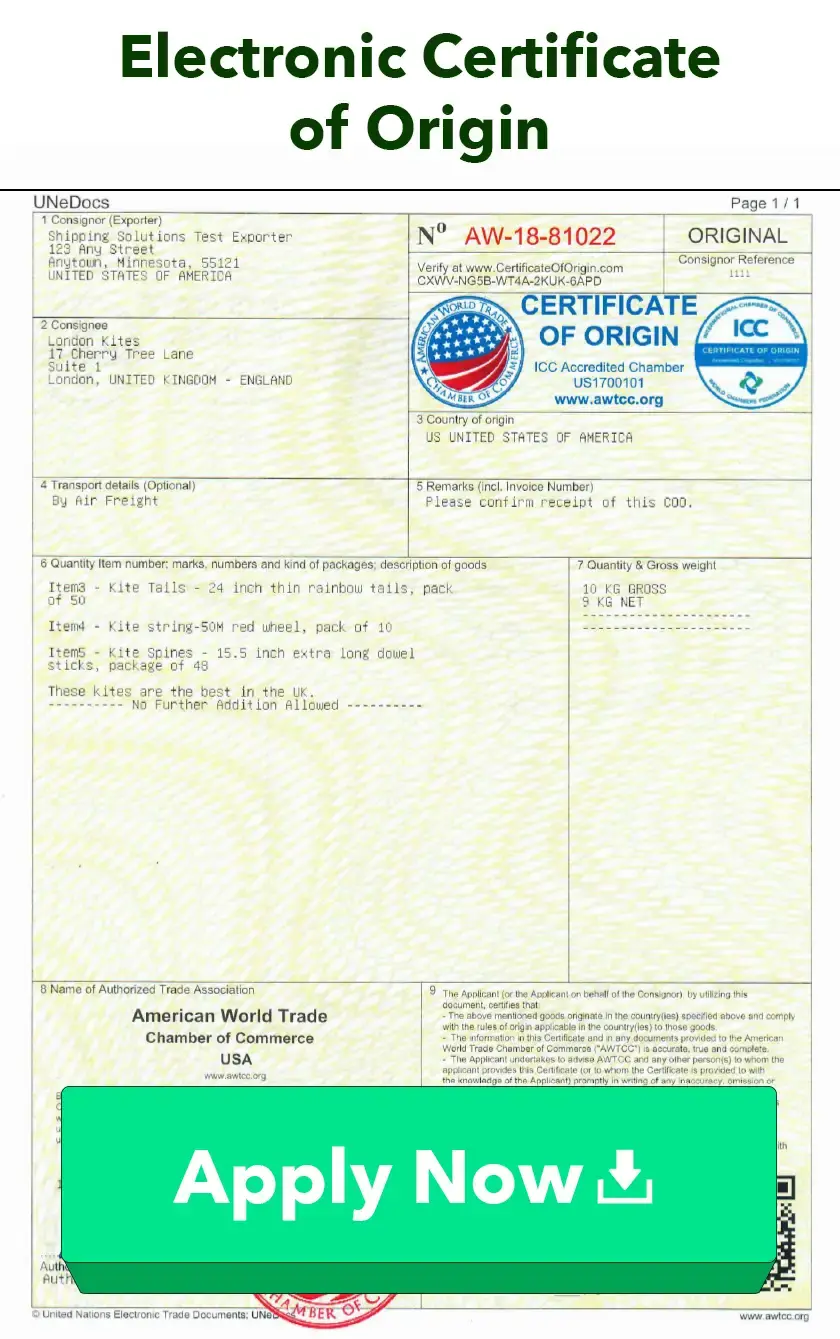
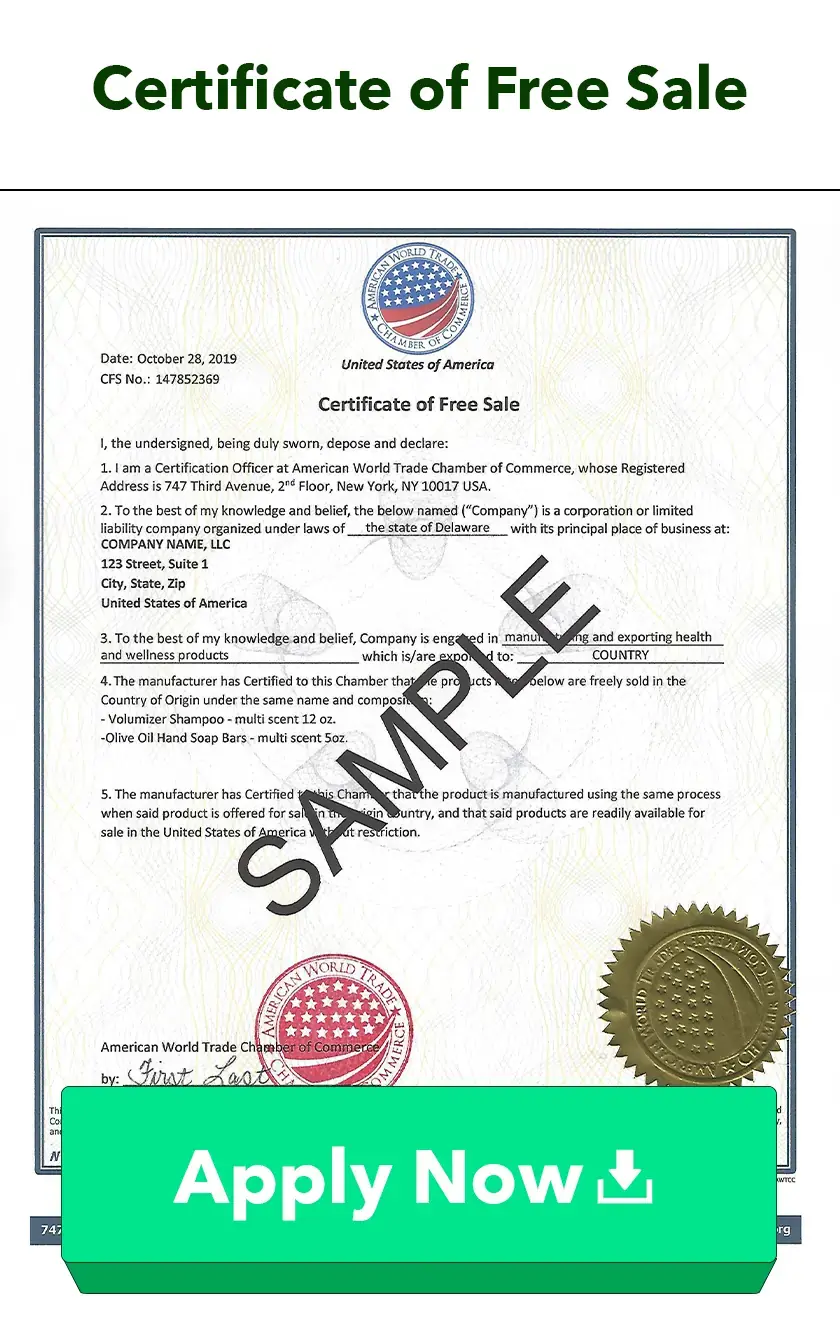
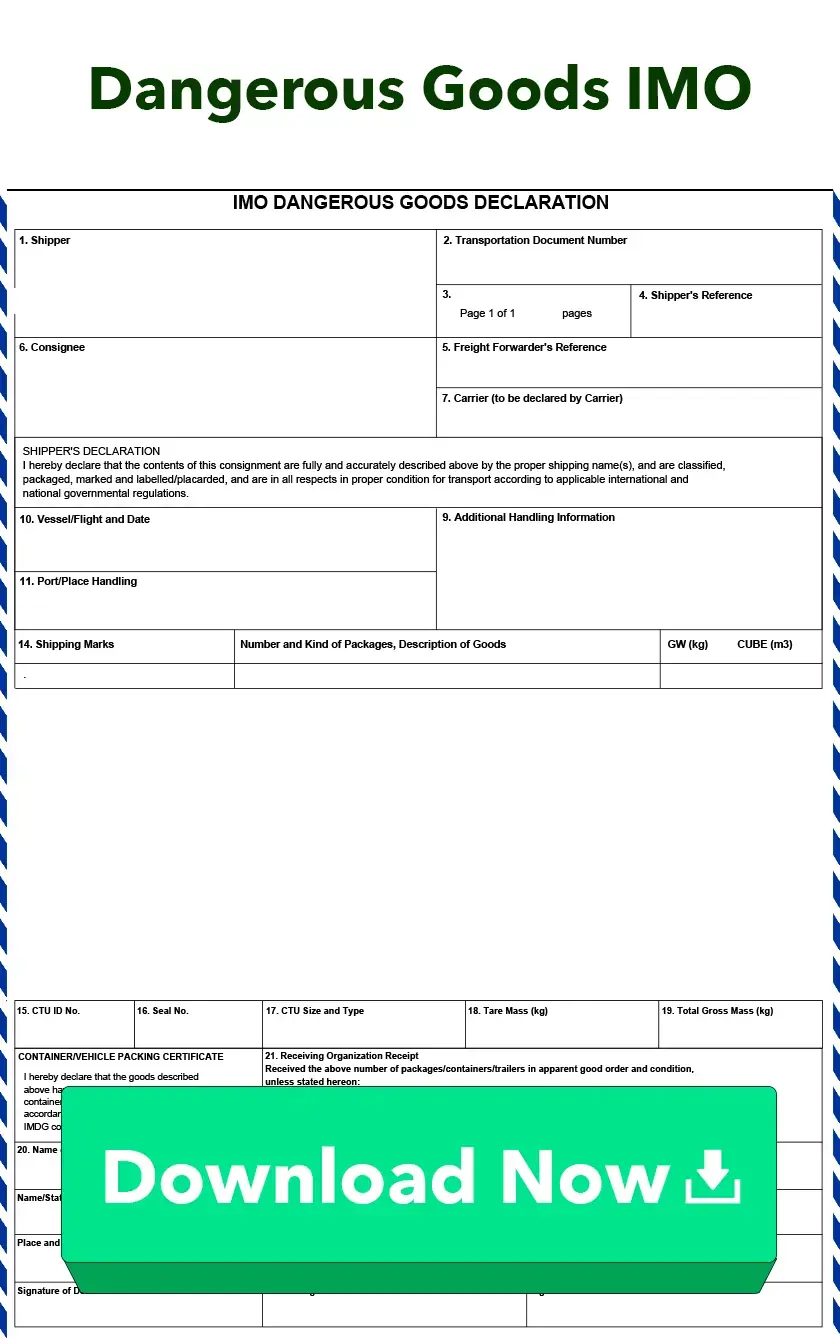
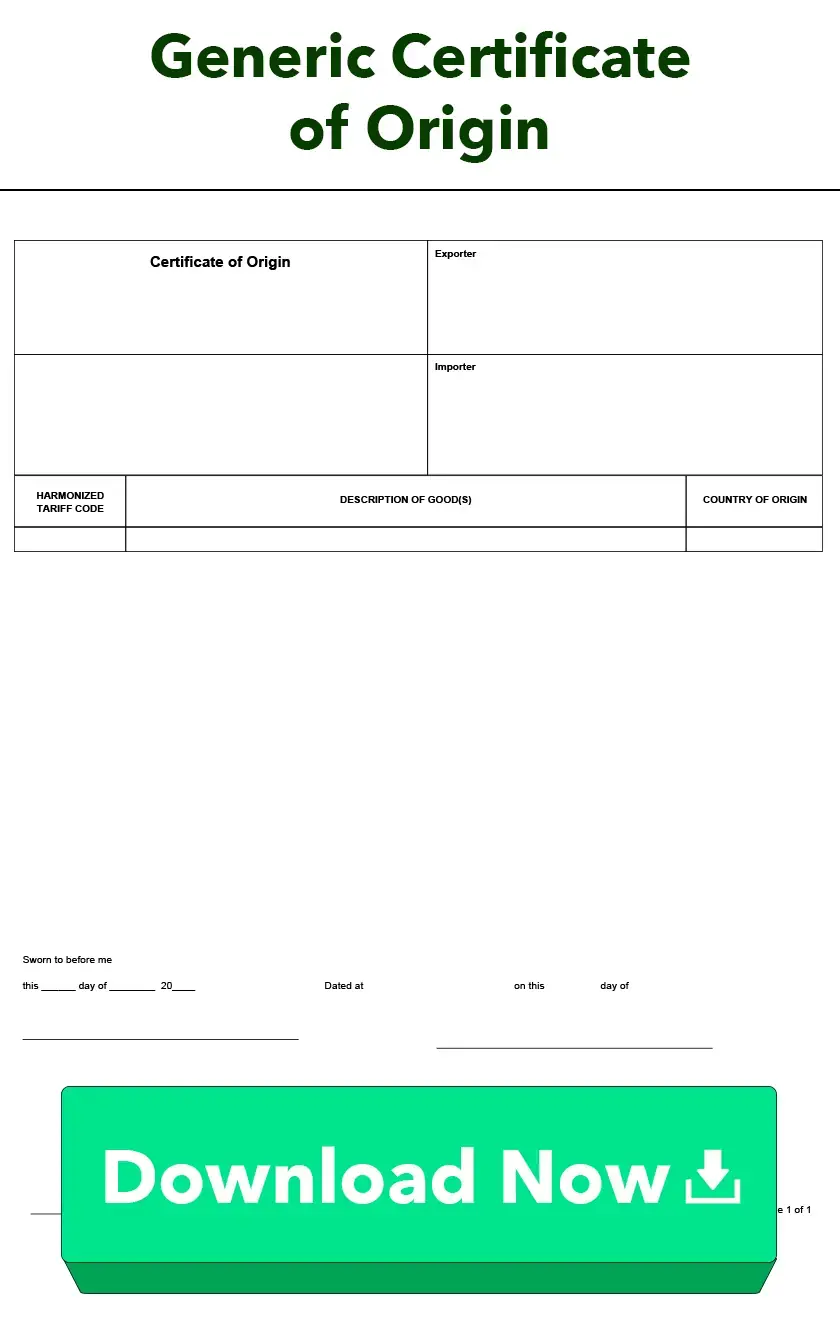
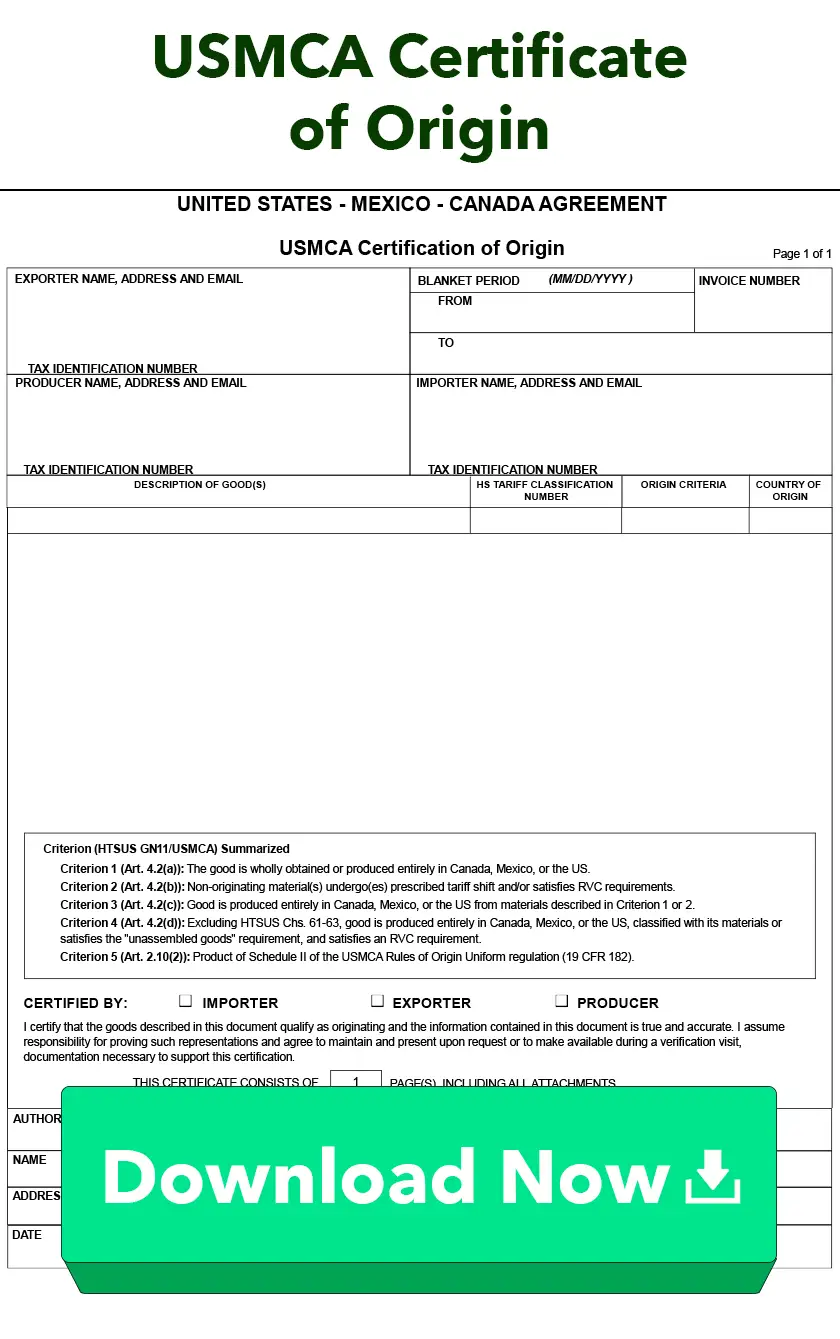
-13_101024.webp)
-14_101024.webp)

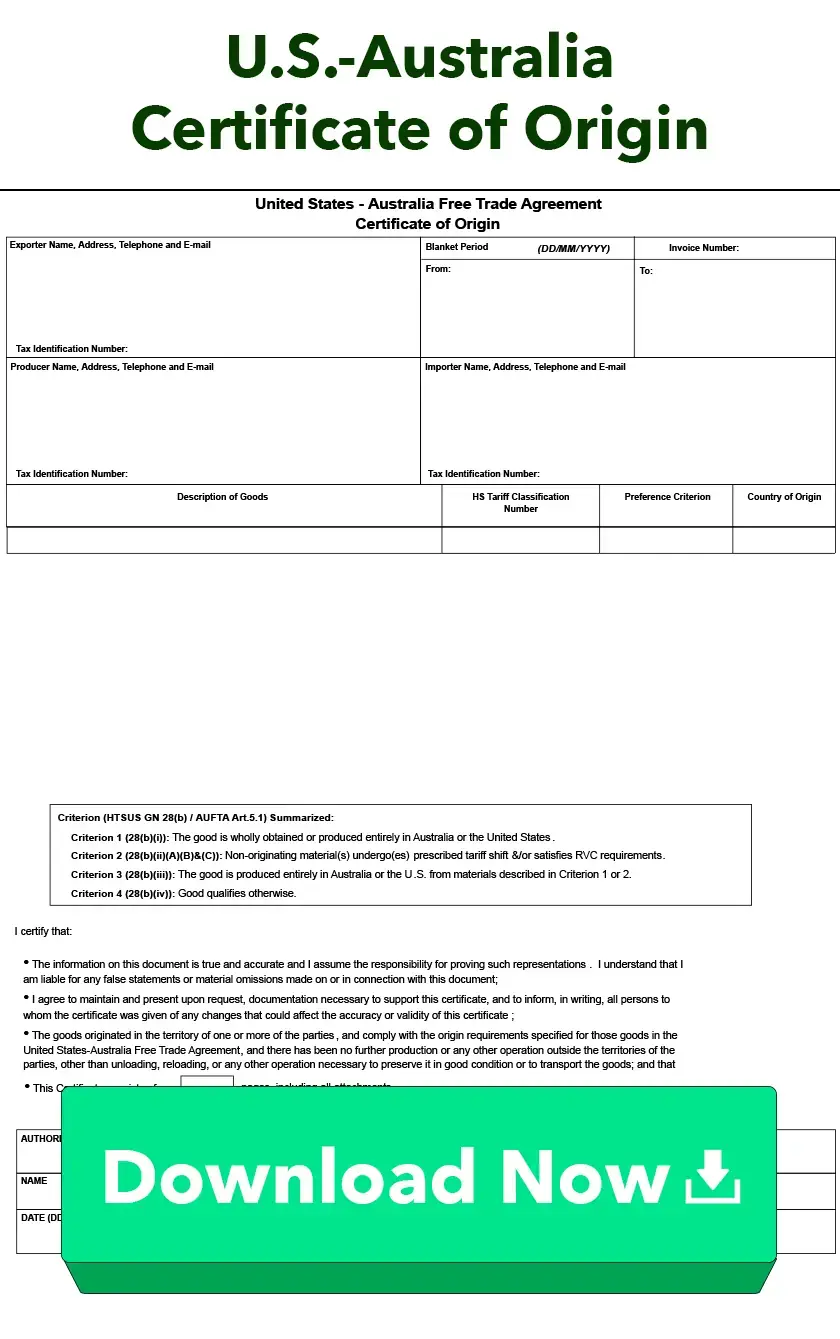
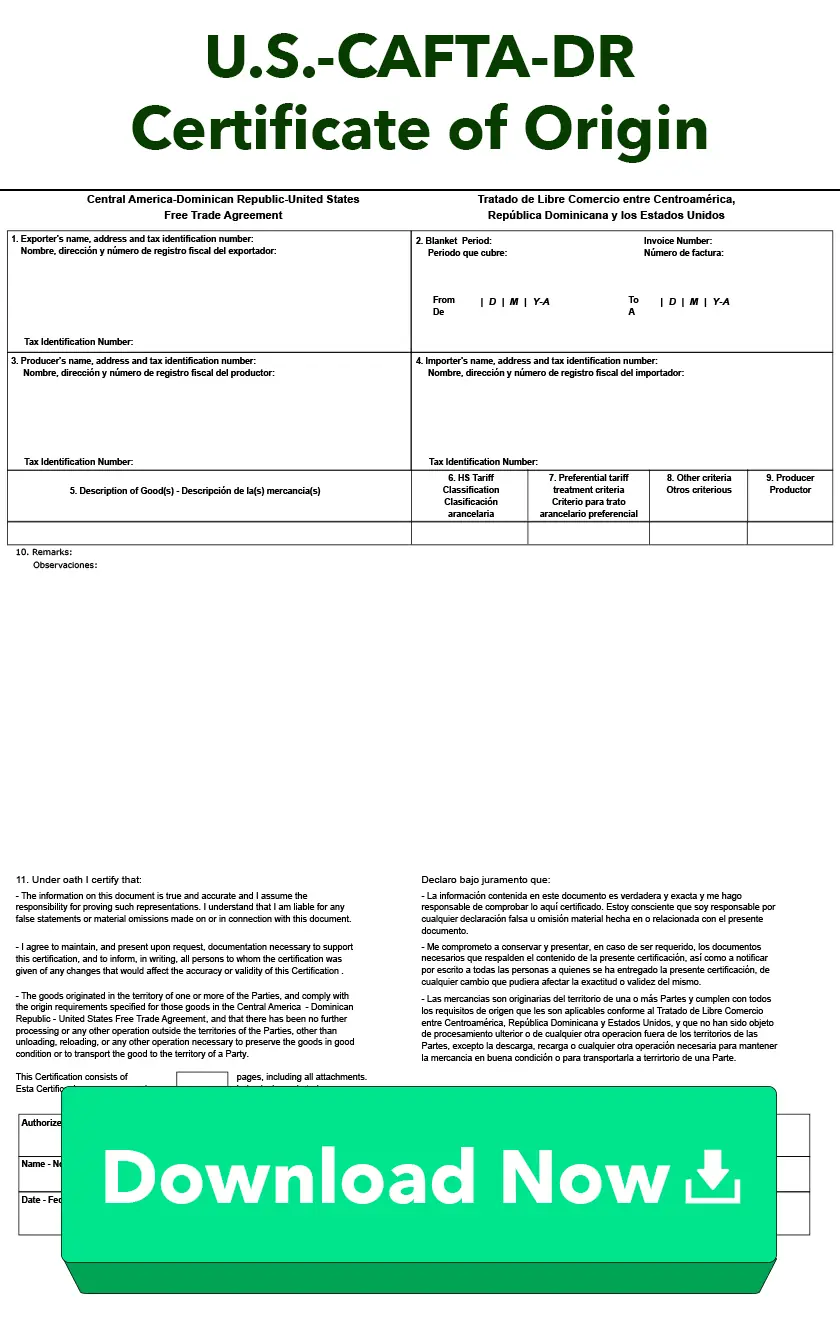
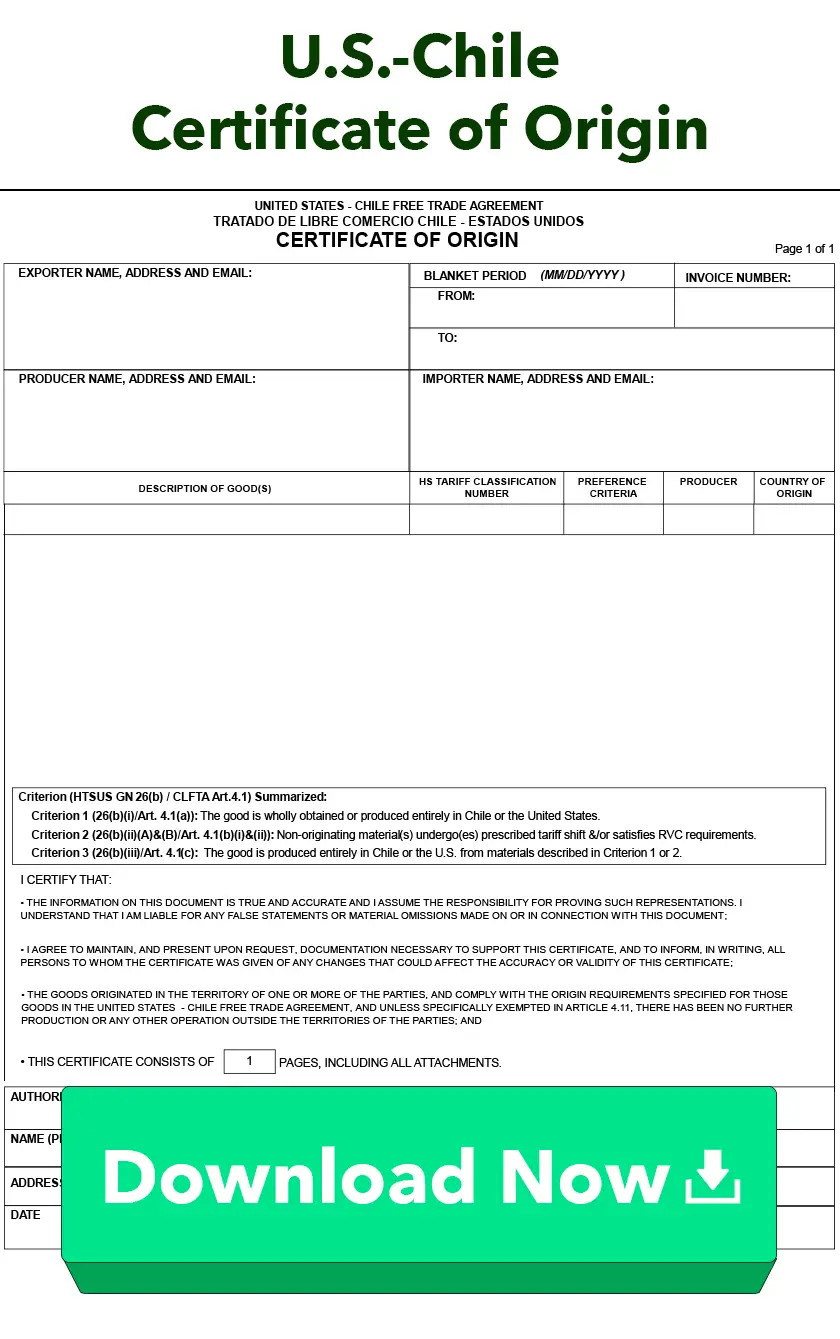
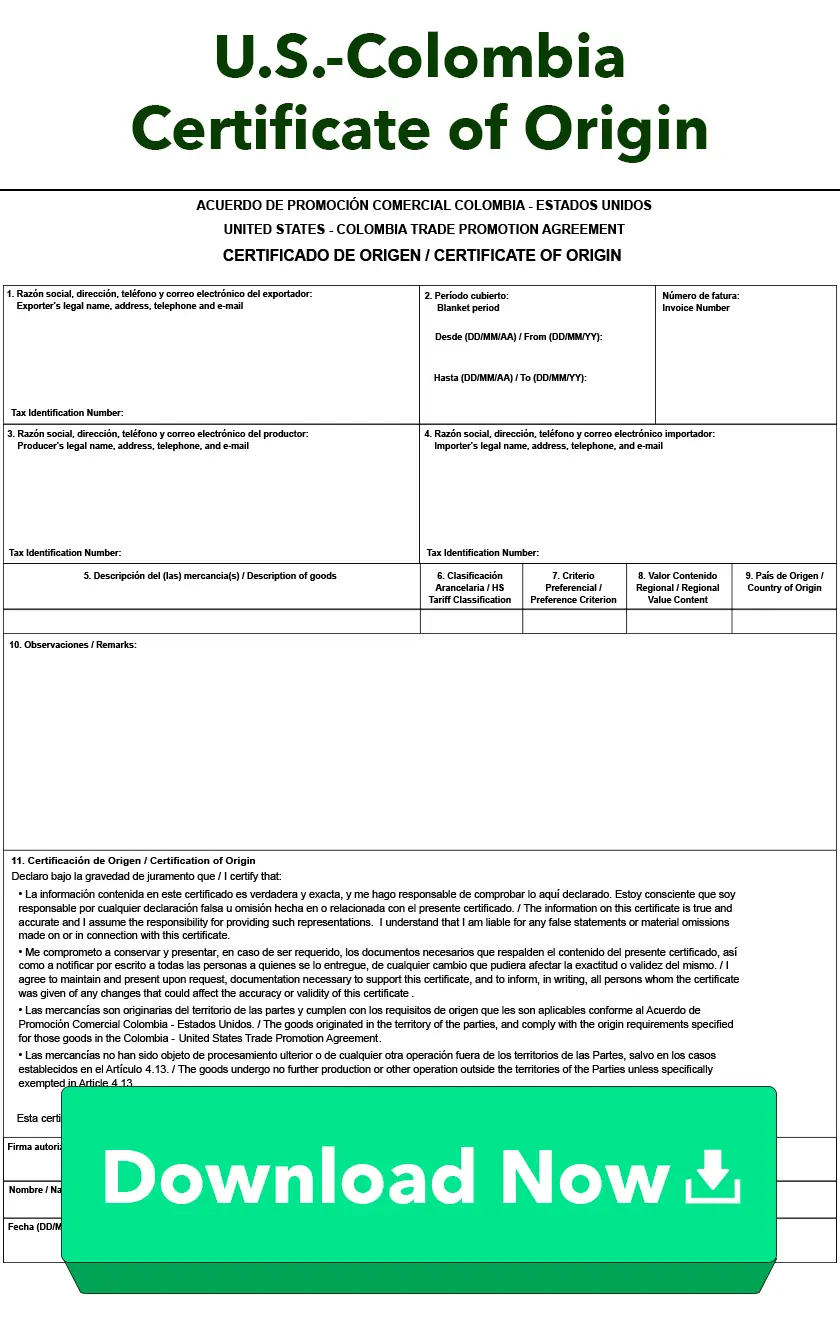
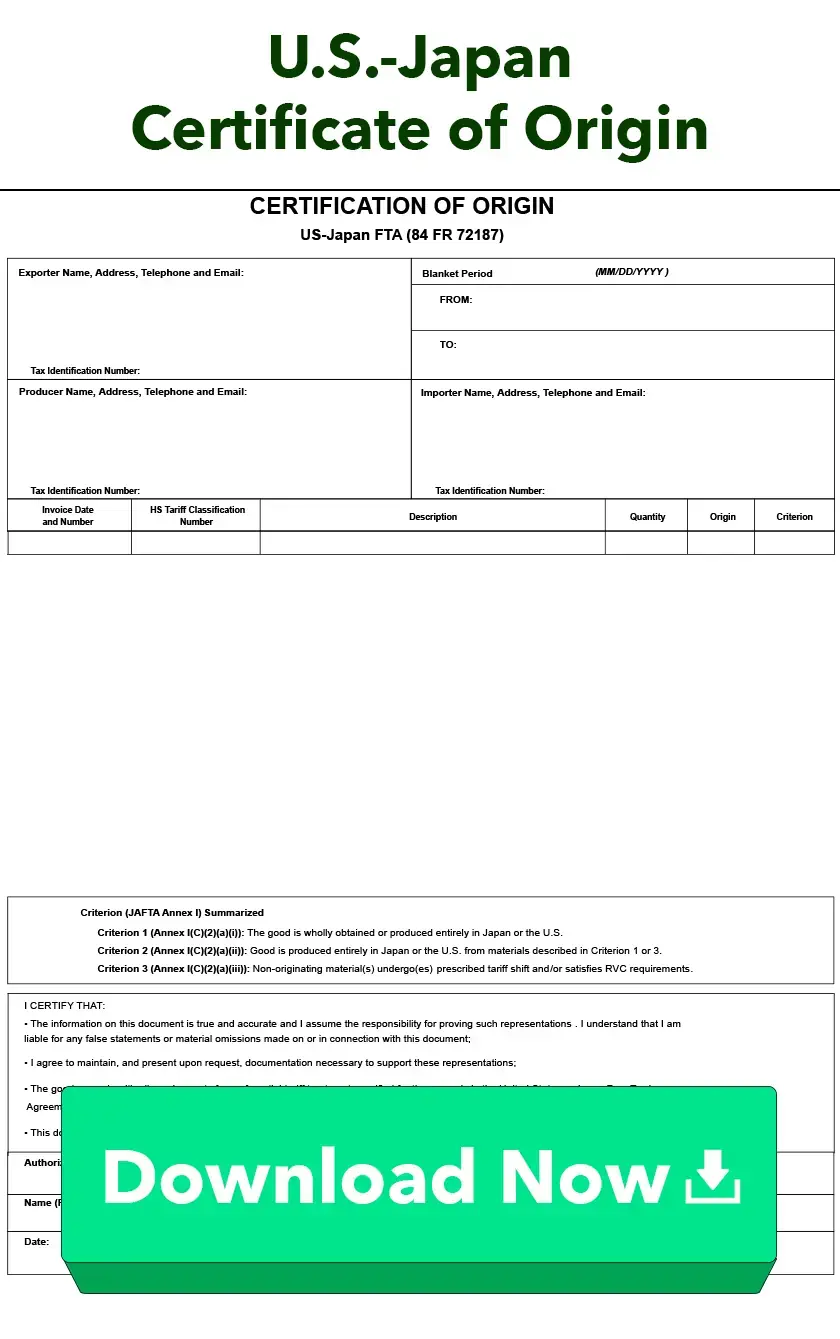
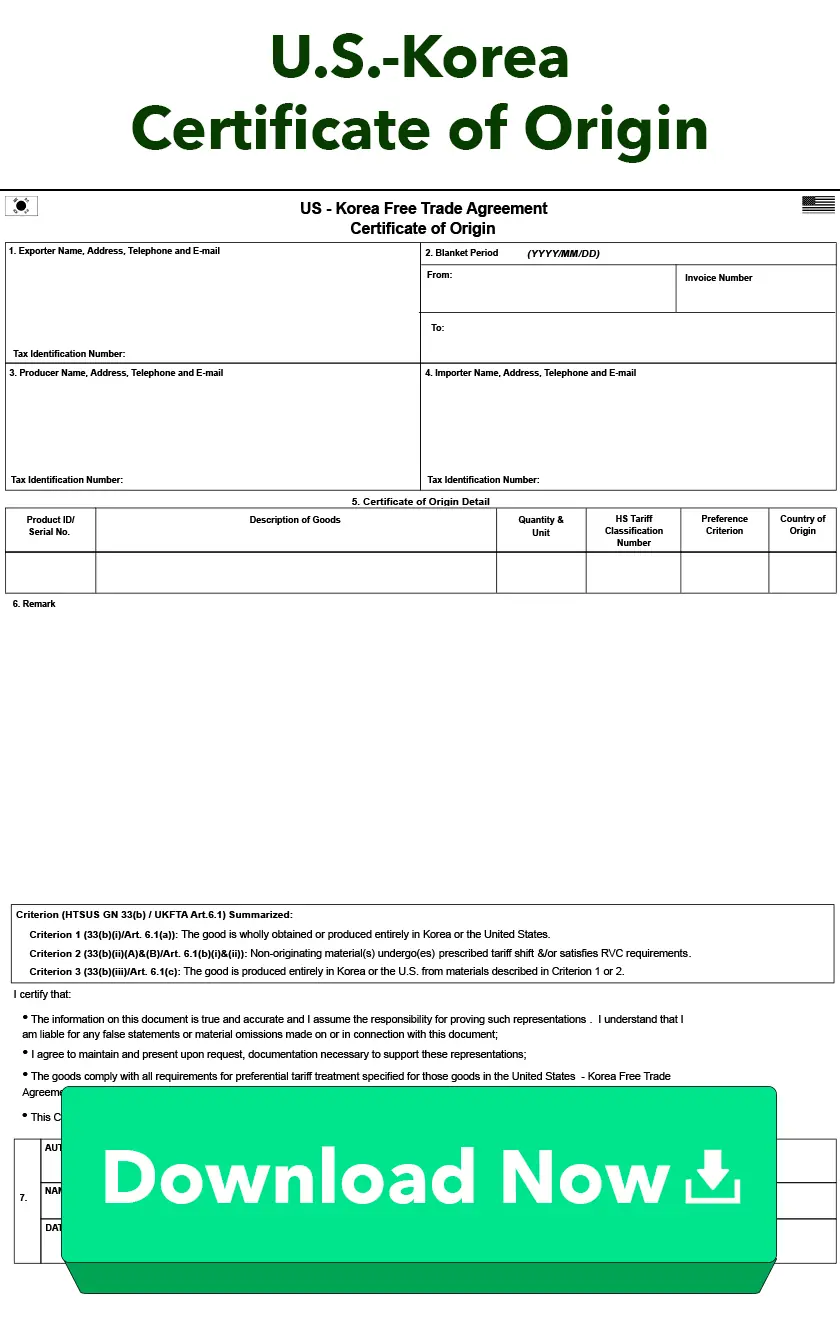
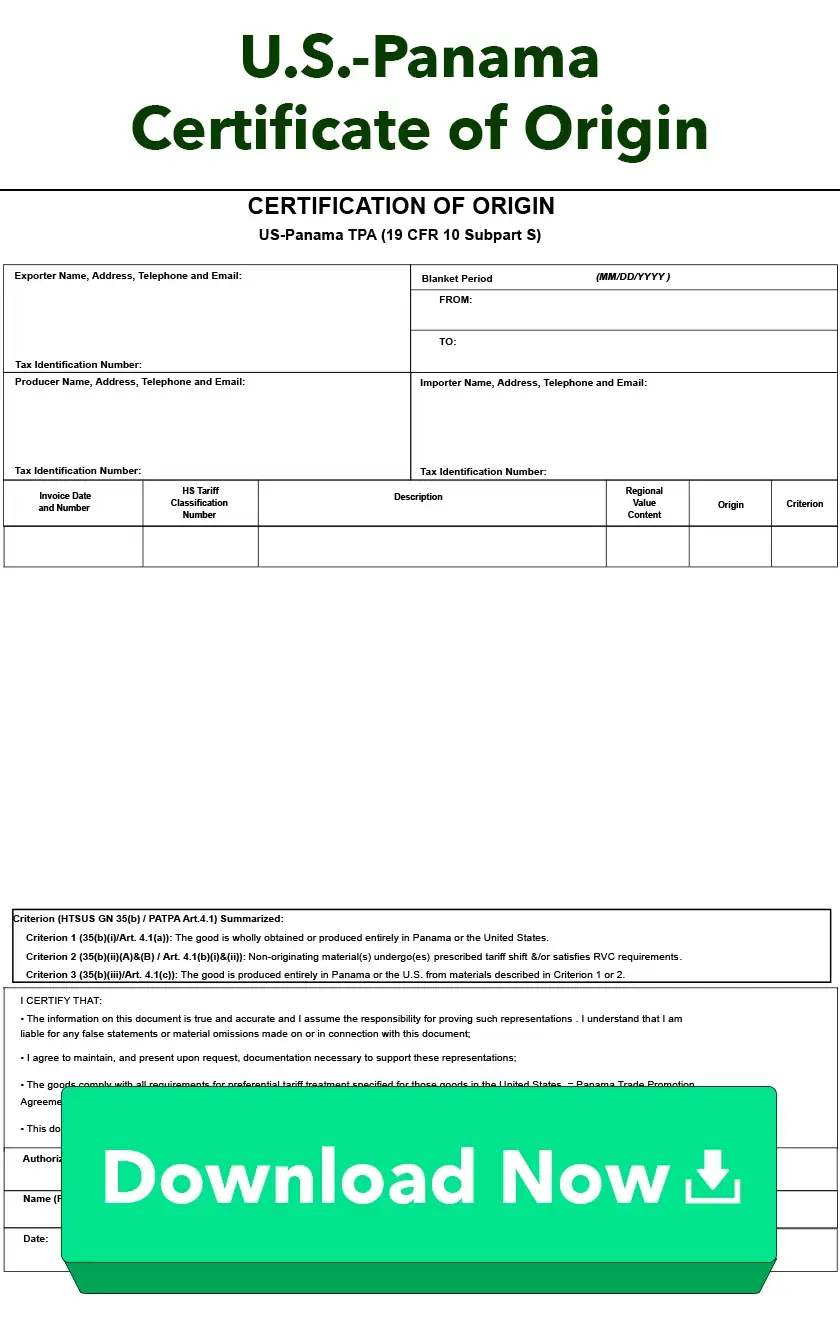
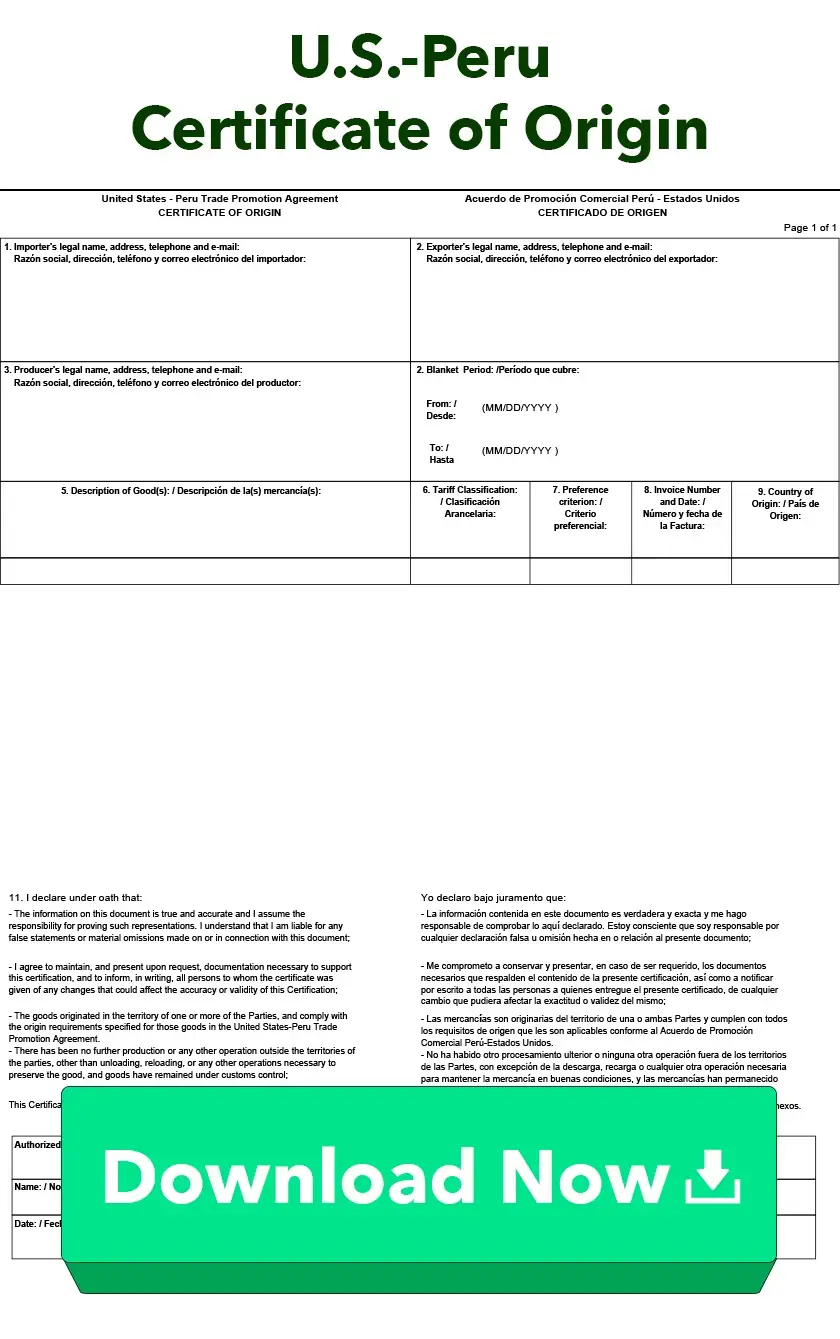
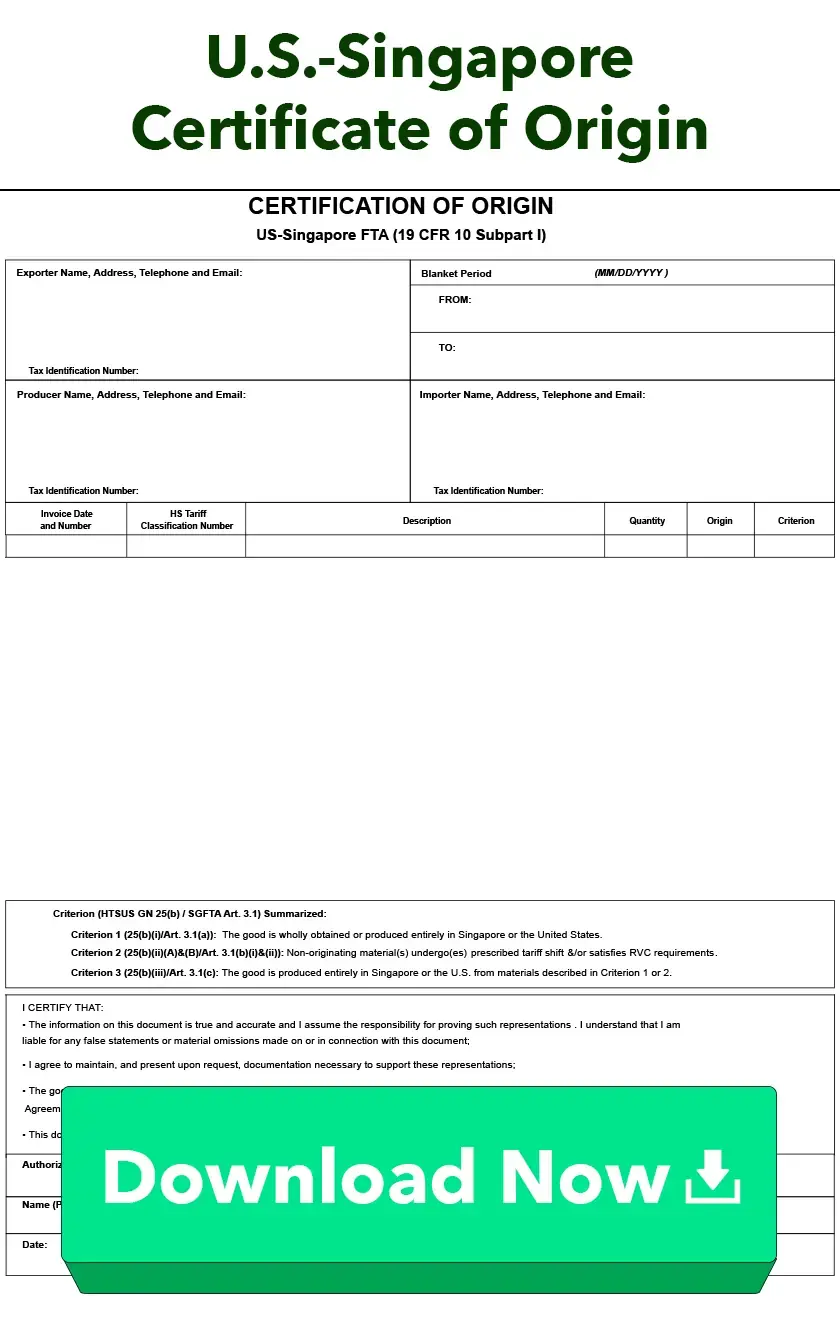
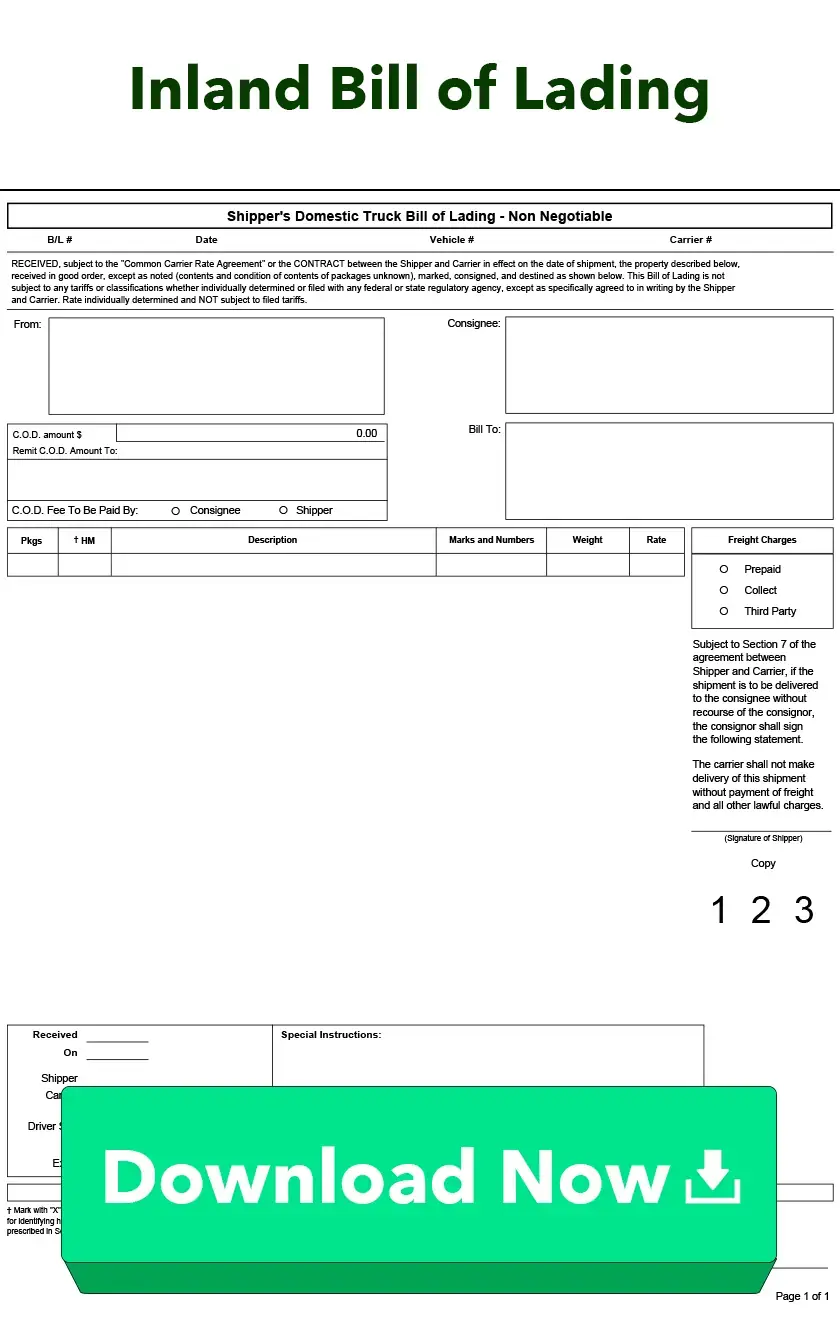
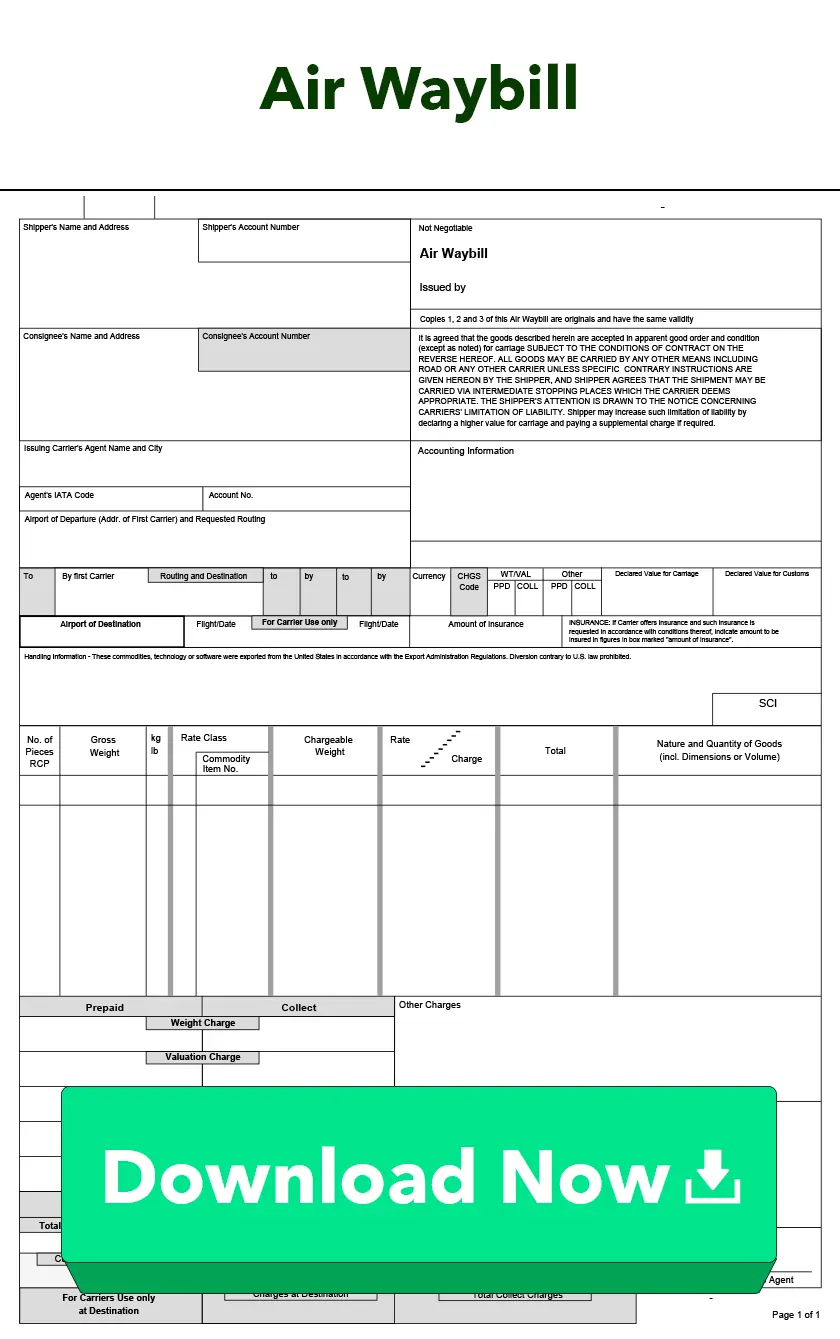
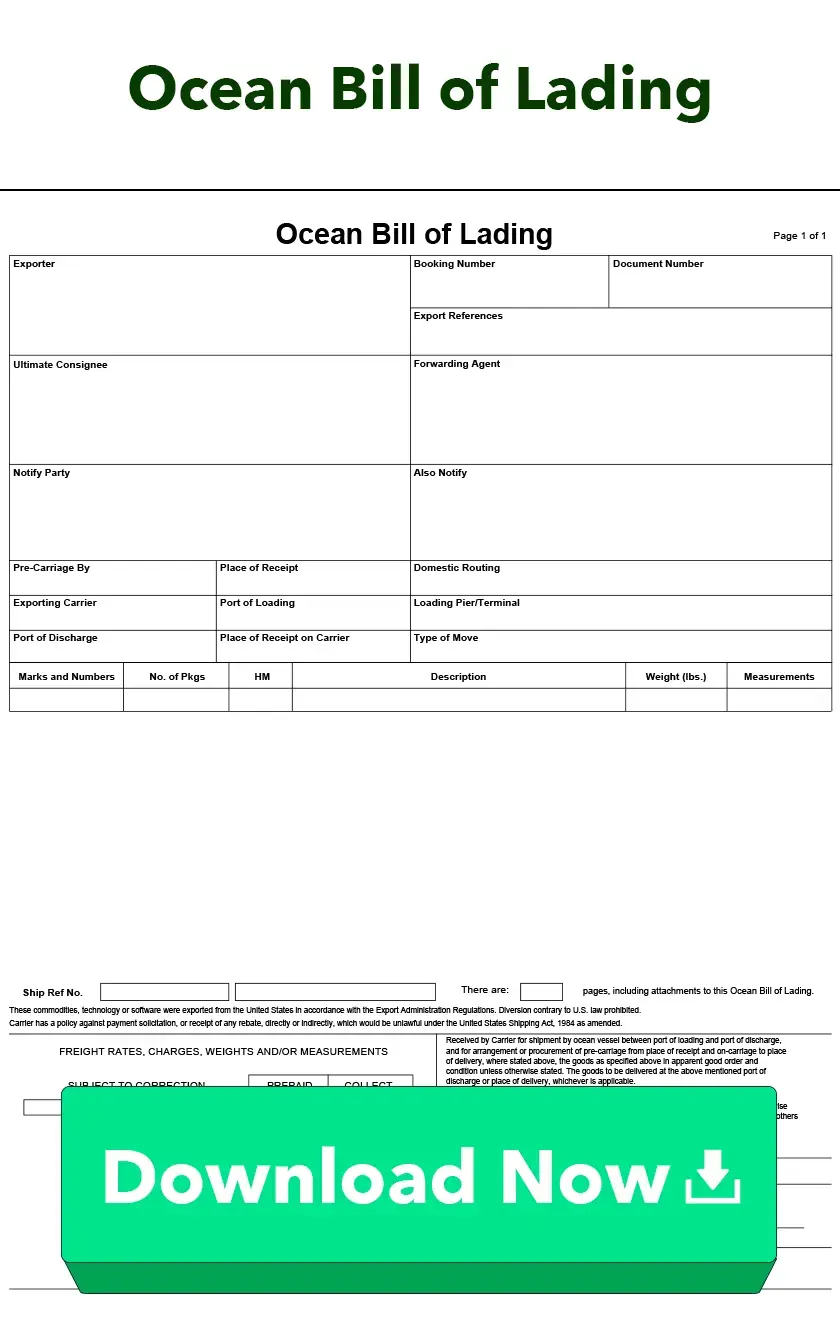
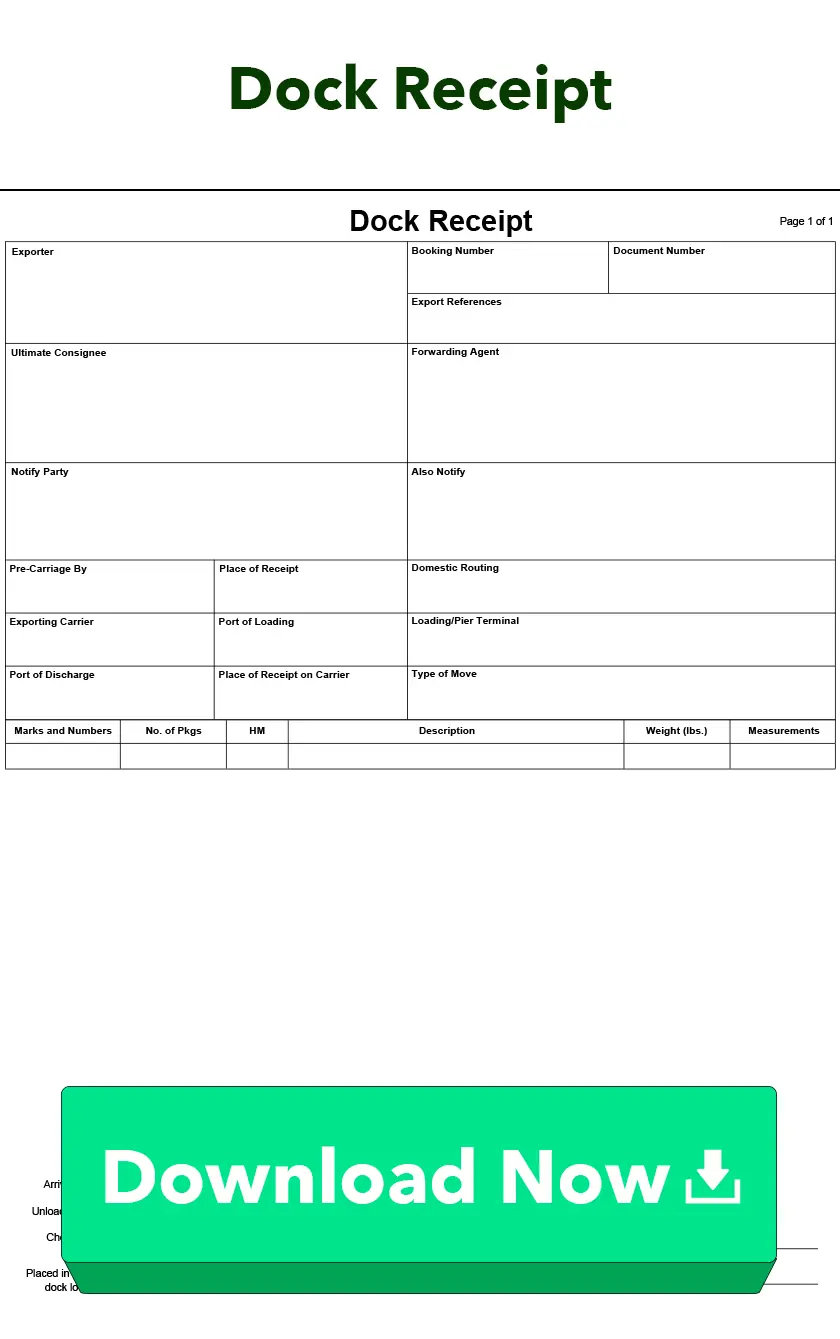
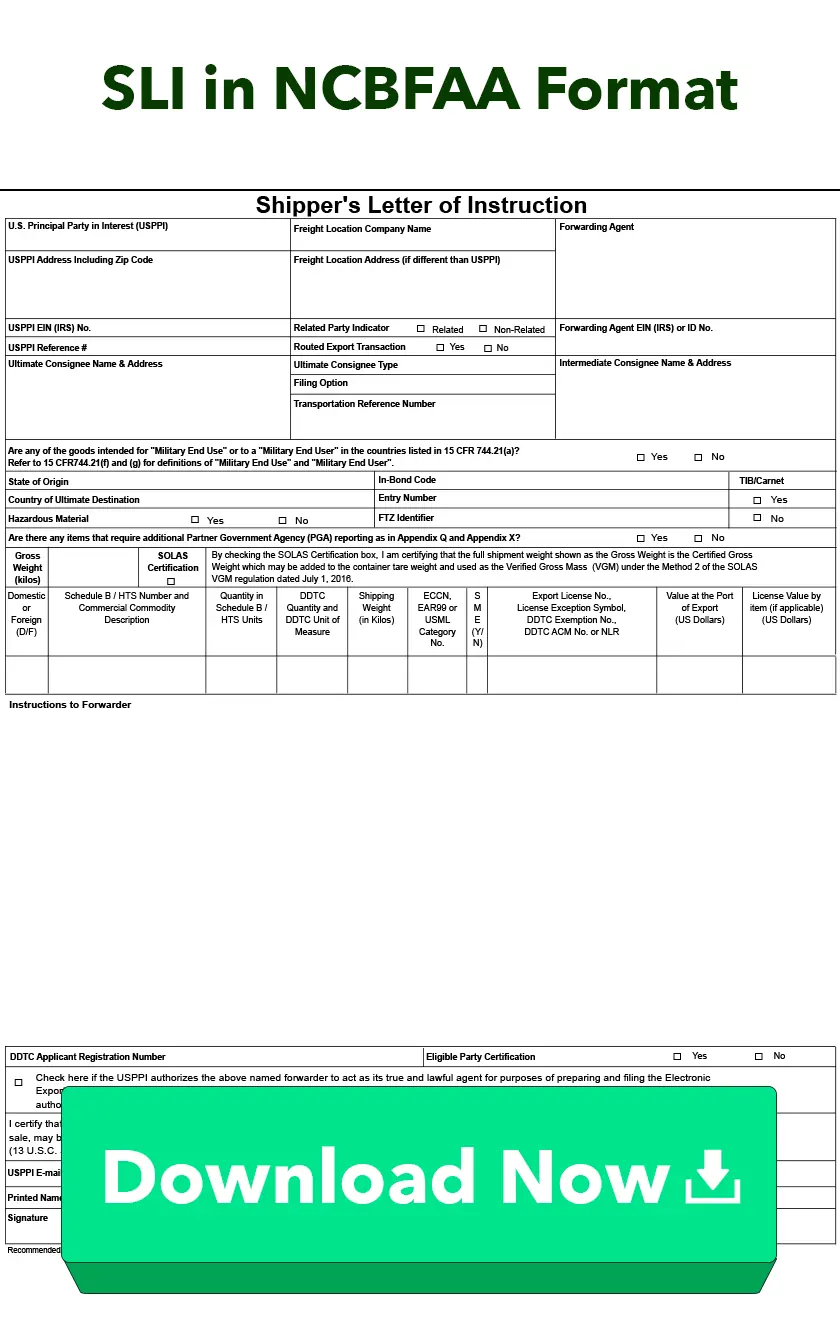
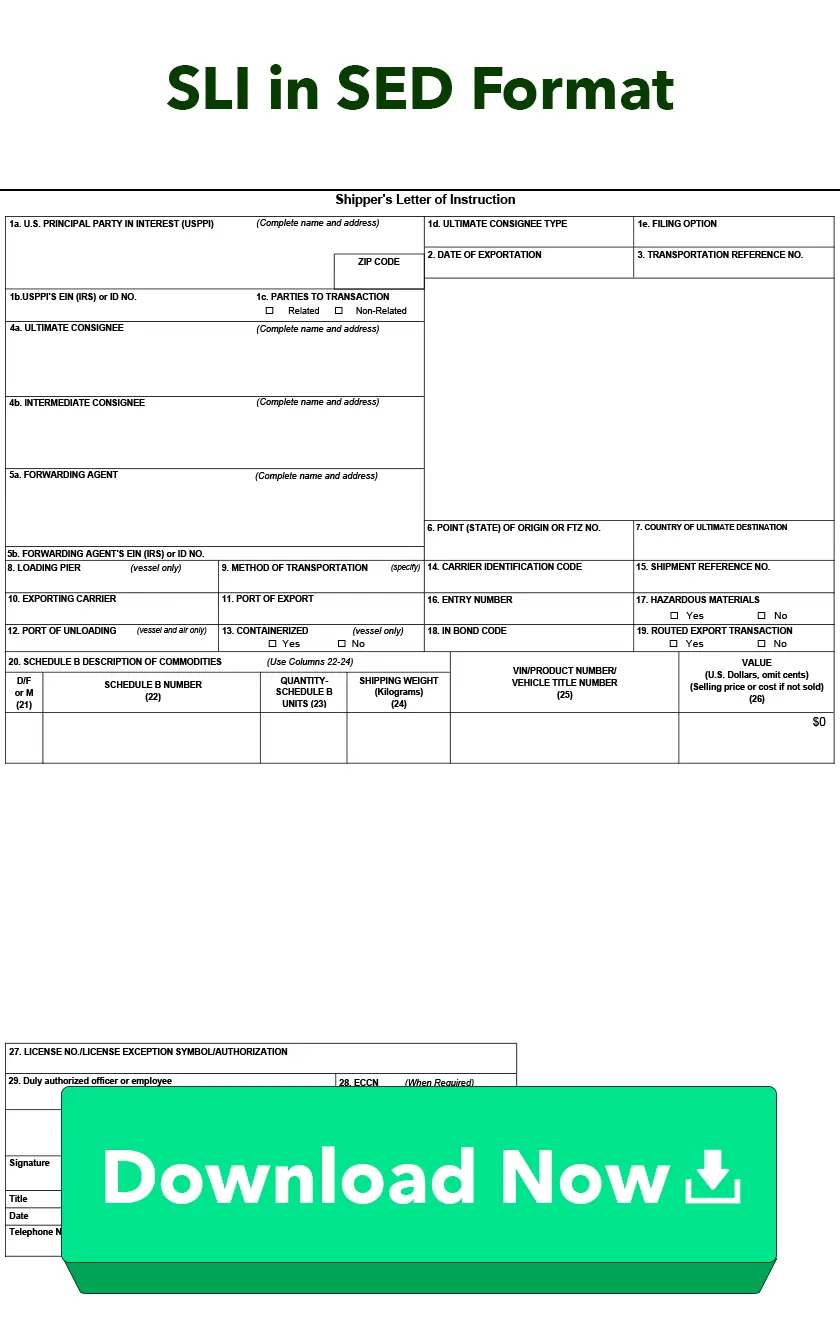
-20_101024.webp)
-24_101024.webp)
-25_101024.webp)
-27_101024.webp)
-28_101024.webp)
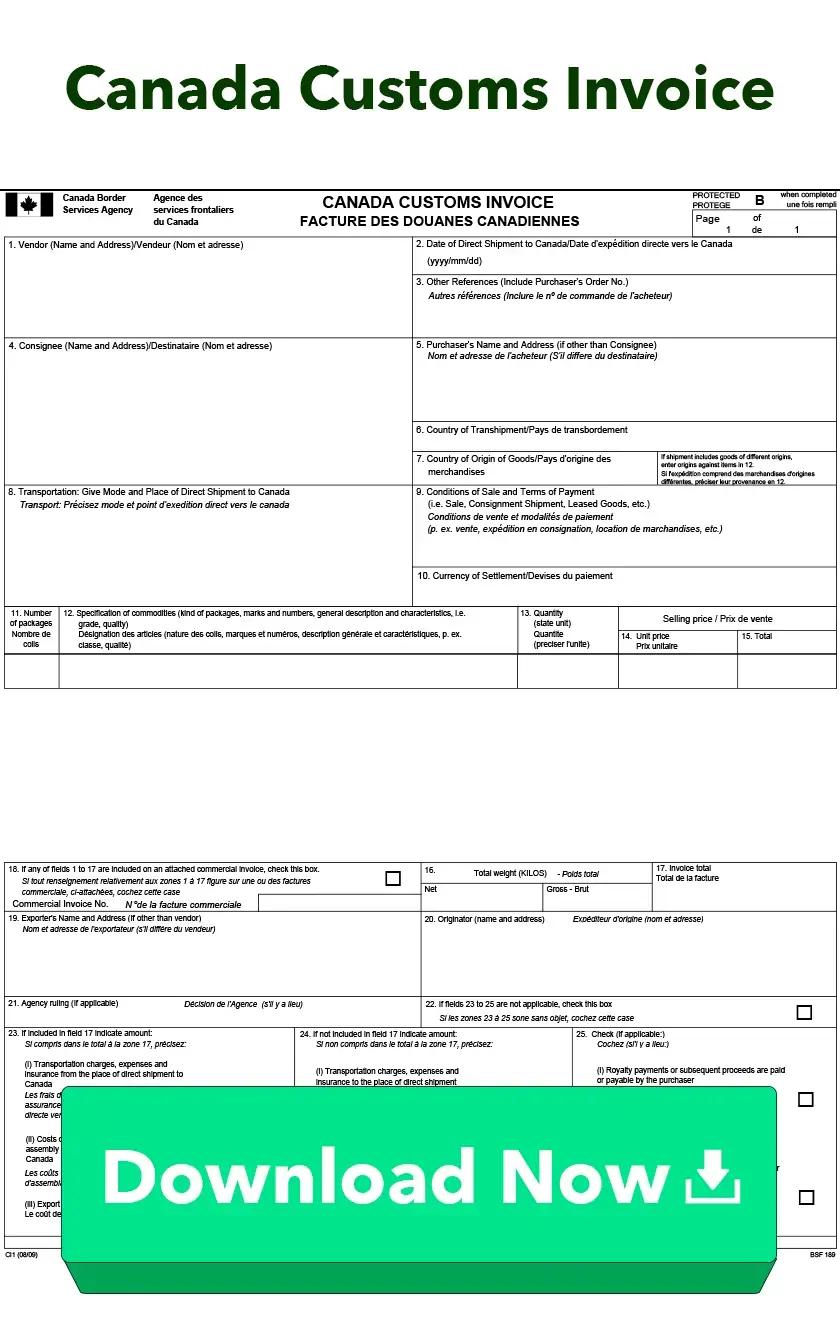
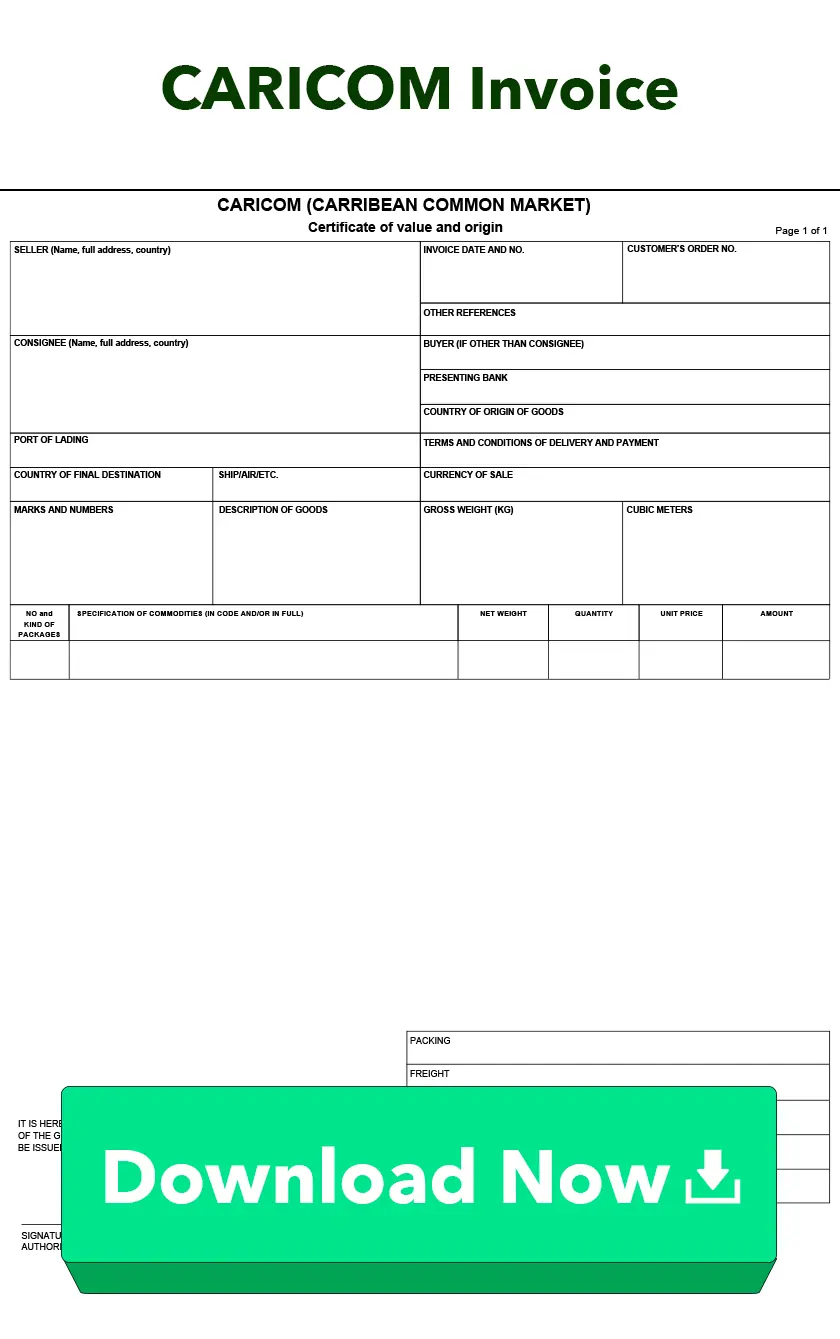
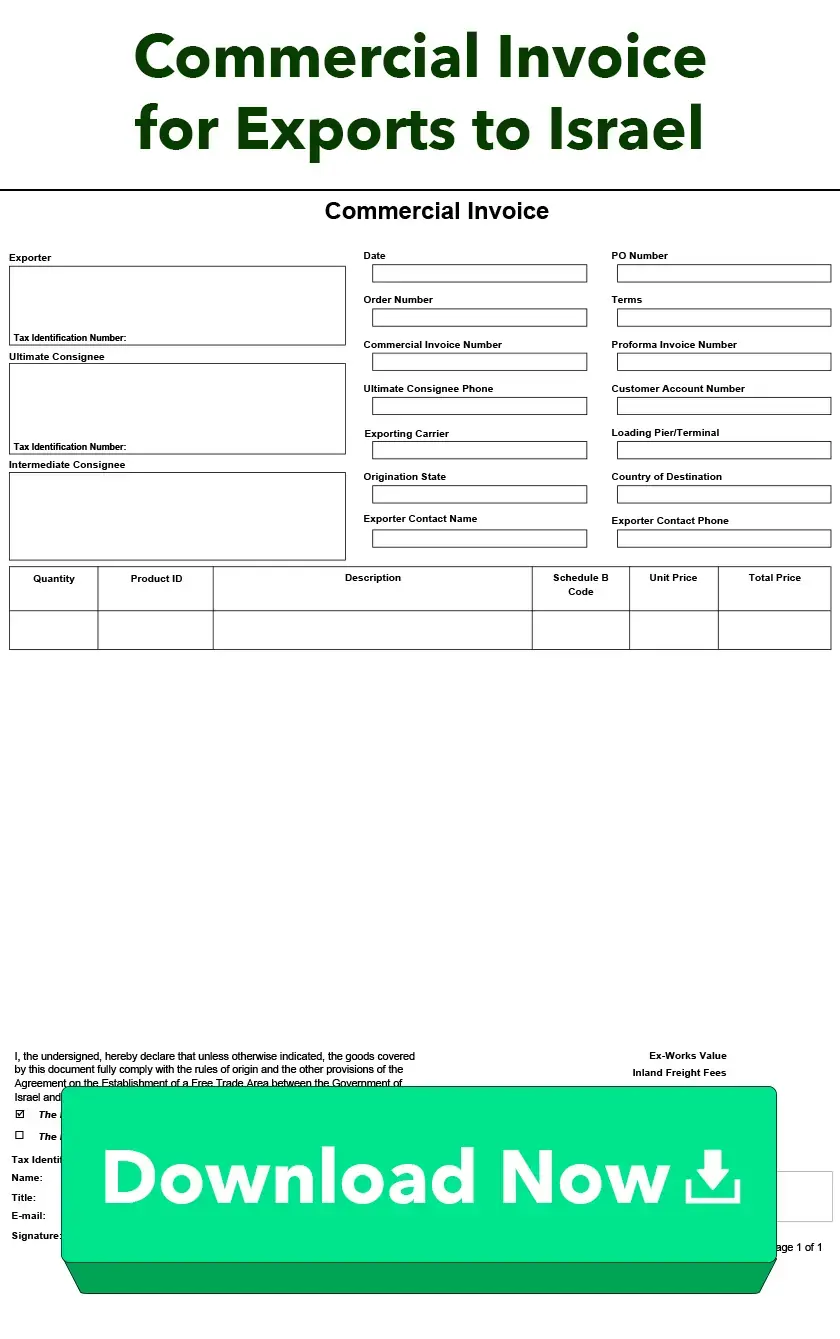
-32_101024.webp)
-33_101024.webp)
